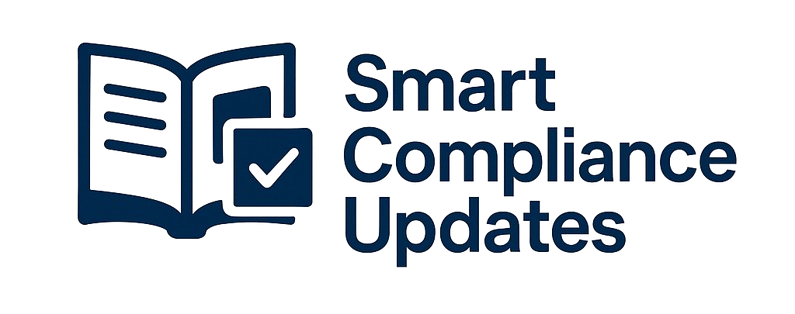Data Integrity – In compliance with CSA, 21 CFR Part 11, SaaS/Cloud and EU GDPR
This 21 CFR Part 11 compliance training will guide you through the requirements of Part 11 and will also explain its 3 primary areas: SOPs, product features and validation (10 step risk based approach).
- • Which data and systems are subject to Part 11 and Annex 11
• Impact of Electronic Systems…Clinical Investigations Q&A Guidance for Industry Oct 2024
• What the regulations mean, not just what they say
• Avoid 483 and Warning Letters
• Requirements for local, SaaS, and cloud hosting
• Understand the current industry standard software features for security, data transfer, audit trails, and electronic signatures
• How to use electronic signatures, ensure data integrity, and protect intellectual property
• SOPs required for the IT infrastructure
• Product features to look for when purchasing COTS software
• Reduce validation resources by using easy to understand fill-in-the-blank validation documents
• How to write a Data Privacy Statement
1. What 21 CFR Part 11 means today
• Purpose of Part 11
2. What does Part 11 mean?
• SOPs
• System features
• Infrastructure qualification
• Validation
3. Security standards
• Roles
• Usernames and passwords
• Restrictions and logs
4. Data transfer standards
• Deleting data
• Encryption
5. Audit trail standards
• Types of data
• High risk systems
6. Electronic approval standards
• Electronic signatures
• Single sign-on
• Replacing paper with electronic forms
7. Infrastructure qualification
• How to efficiently document qualifications
8. Validation
• Software validation for vendors
• Computer system validation for users
• Fill-in-the-blank templates
• Change control re-validation
9. SaaS/Cloud hosting
• Responsibilities for software vendor and hosting provider
• Evaluation criteria
• Hosting requirements
10. SOPs
• IT, QA, validation
• Software development
11. Annex 11
• Comparison with Part 11
12. EU GDPR
• Data Privacy Statement
This webinar describes exactly what is required for compliance with Computer Software Assurance guidance, 21 CFR Part 11, and the European equivalent Annex 11 for local, and SaaS/Cloud hosted applications. It explains how to write a Data Privacy Statement for compliance with EU General Data Protection Regulation (GDPR). What the regulations mean is described for all four primary compliance areas: SOPs, software features, infrastructure qualification, and validation. It gets you on the right track for using electronic records and signatures to greatly increase productivity and ensure compliance..
- • GMP, GCP, GLP, regulatory professionals
• QA/QC
• IT
• Auditors
• Managers and directors
• Software vendors, hosting providers
Pharmaceutical, medical device, biologics, food, cosmetics, FDA regulated companies, software vendors, SaaS providers, data centres.
Computer System Validation’s principal, David Nettleton is an industry leader, author, and teacher for 21 CFR Part 11, Annex 11, HIPAA, EU GDPR software validation, and computer system validation. He is involved with the development, purchase, installation, operation, and maintenance of computerized systems used in FDA-compliant applications. He has completed more than 300 mission-critical laboratory, clinical, and manufacturing software implementation projects. His most recent book is Software as a Service (SaaS) Risk-Based Validation With Time-Saving Templates, which provides fill-in-the-blank templates for completing a COTS software validation project.
Upcoming Webinars








































































